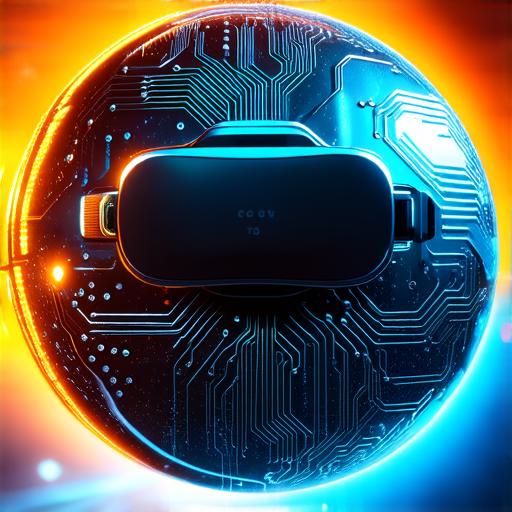Virtual reality (VR) technology has come a long way in recent years, with numerous applications across various industries. There are three main types of virtual reality: immersive VR, non-immersive VR, and augmented reality (AR). In this article, we will explore each type in detail.
Immersive Virtual Reality

Immersive VR is the most well-known type of virtual reality, where users are completely immersed in a simulated environment. This type of VR technology typically uses a headset, motion sensors, and controllers to track the user’s movements and provide a realistic sense of presence within the virtual world. Immersive VR is often used for gaming, training simulations, and other applications where users need to interact with the virtual environment in a highly immersive way.
Non-immersive Virtual Reality
Non-immersive VR, also known as desktop VR, allows users to experience a simulated environment while remaining in their physical surroundings. Non-immersive VR typically uses a screen and a computer or console to render the virtual environment, which is viewed through headsets or monitors. This type of VR technology is often used for presentations, training simulations, and other applications where users need to experience a virtual environment but do not require full immersion.
Augmented Reality
Augmented reality (AR) is a type of virtual reality that overlays digital information onto the real world. AR technology uses sensors and cameras to track the user’s physical surroundings, allowing digital objects to be placed in real-world environments. This type of VR technology is often used for applications such as mobile gaming, advertising, and education.
In conclusion, there are three main types of virtual reality: immersive VR, non-immersive VR, and augmented reality. Each type of VR technology has its own unique advantages and use cases, making it important to choose the right technology for your specific needs. Whether you need to fully immerse users in a virtual environment or simply overlay digital information onto the real world, there is a VR technology that can help you achieve your goals.
